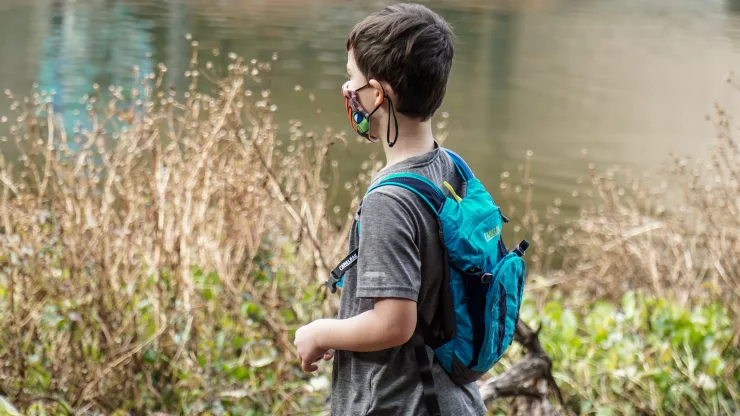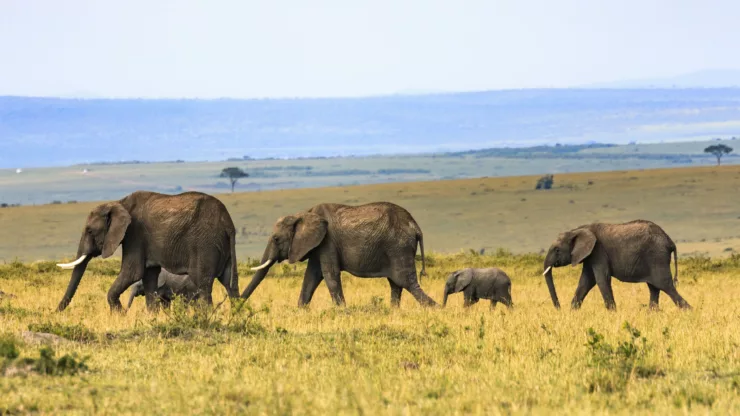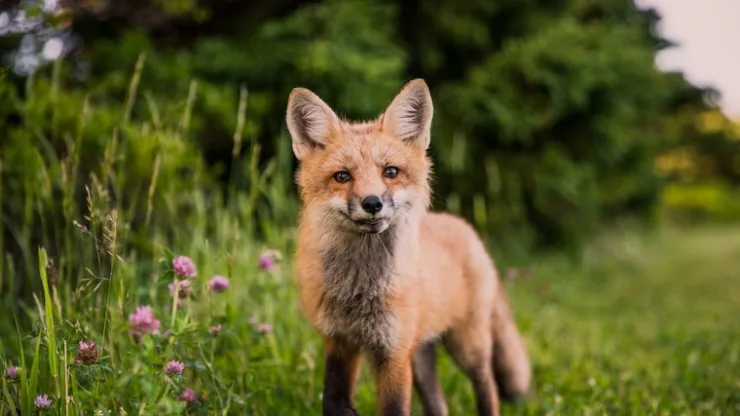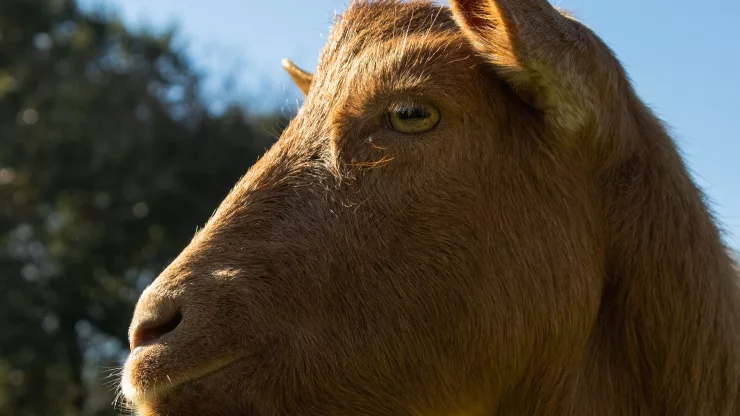Urbanization has led to the rapid growth of cities and towns, resulting in the loss of natural habitats for wildlife.
However, even in urban areas, there are still opportunities to observe and learn about wildlife.
Environmental education plays a critical role in inspiring the next generation to appreciate and protect the environment.
In this article, we will discuss the significance of urban wildlife and environmental education and explore strategies for inspiring the next generation.
Jump to Section
Introduction
What is Urban Wildlife?
Urban wildlife refers to the animal and plant species that live in urban environments such as cities, towns, and suburbs.
These species have adapted to survive in urban landscapes and can be found in parks, gardens, and other green spaces.
Importance of Environmental Education
Environmental education is essential for raising awareness about the environment and the impacts of human activities on it.
It can inspire people to take action to reduce their ecological footprint and protect natural resources.
Significance of Inspiring the Next Generation
Inspiring the next generation is crucial for ensuring the sustainability of our planet.
Young people are the future leaders and decision-makers who will be responsible for protecting the environment.
By instilling a sense of responsibility and respect for the environment in them, we can create a better future for all.
The State of Urban Wildlife
Urbanization and Wildlife
Urbanization has led to the fragmentation and loss of natural habitats for wildlife. As a result, many species have been forced to adapt and survive in urban environments.
Challenges faced by Urban Wildlife
Urban wildlife faces several challenges, including habitat loss, pollution, and conflicts with humans. These challenges can have a significant impact on the survival and well-being of these species.
Examples of Urban Wildlife
Some examples of urban wildlife include birds, squirrels, raccoons, coyotes, and even deer. These species have adapted to survive in urban environments and can be observed in parks, gardens, and other green spaces.
The Need for Environmental Education
Importance of Environmental Education
Environmental education is critical for raising awareness about environmental issues and inspiring people to take action to protect the environment.
It can also help people make informed decisions about their lifestyle choices and reduce their environmental impact.
Benefits of Environmental Education
Environmental education can have several benefits, including promoting environmental stewardship, improving critical thinking skills, and fostering a sense of responsibility and respect for the environment.
Goals of Environmental Education
The goals of environmental education include inspiring people to take action to protect the environment, promoting sustainable lifestyles, and fostering a sense of responsibility and respect for the environment.
Inspiring the Next Generation
Importance of Inspiring the Next Generation
Inspiring the next generation is essential for creating a sustainable future. Young people are the future leaders and decision-makers who will be responsible for protecting the environment.
Strategies for Inspiring the Next Generation
Strategies for inspiring the next generation include providing hands-on learning opportunities, promoting outdoor education, using technology to enhance learning, and engaging students in community-based projects.
Programs for Inspiring the Next Generation
There are several programs available for inspiring the next generation, including after-school programs, summer camps, and environmental clubs.
These programs provide opportunities for students to learn about the environment and take action to protect it.
Effective Teaching Methods for Environmental Education
Hands-on Learning Activities
Hands-on learning activities, such as nature walks, gardening, and wildlife observation, can be effective in engaging students and promoting environmental stewardship.
Field Trips and Outdoor Education
Field trips and outdoor education can provide students with opportunities to experience nature firsthand and learn about the environment in a real-world context.
Use of Technology in Environmental Education
Technology, such as virtual field trips, online resources, and educational apps, can enhance learning and provide students with access to information about the environment.
Collaborative Efforts for Urban Wildlife and Environmental Education
Role of Community and Volunteers
Community members and volunteers can play a significant role in promoting urban wildlife and environmental education.
They can help create habitat for wildlife, support community-based projects, and provide resources for environmental education.
Partnership between Schools and Organizations
Partnerships between schools and organizations can provide resources and support for environmental education and promote community involvement in environmental projects.
Government and Private Sector Initiatives
Government and private sector initiatives, such as conservation programs and sustainable development projects, can help promote urban wildlife and environmental education.
Conclusion
Recap of Importance of Urban Wildlife and Environmental Education
Urban wildlife and environmental education are essential for promoting sustainable lifestyles and protecting natural resources. By inspiring the next generation, we can create a better future for all.
Call to Action for Inspiring the Next Generation
We must inspire the next generation to take action and protect the environment.
By providing opportunities for hands-on learning, promoting outdoor education, and engaging students in community-based projects, we can create a more sustainable future.
Future of Urban Wildlife and Environmental Education
The future of urban wildlife and environmental education depends on our ability to promote sustainability and inspire the next generation.
By working together, we can create a better future for ourselves and the planet.
FAQ
What is urban wildlife?
Urban wildlife refers to the animal and plant species that live in urban environments such as cities, towns, and suburbs.
What are the challenges faced by urban wildlife?
Urban wildlife faces several challenges, including habitat loss, pollution, and conflicts with humans.
Why is environmental education important?
Environmental education is critical for raising awareness about environmental issues and inspiring people to take action to protect the environment.
What are the goals of environmental education?
The goals of environmental education include inspiring people to take action to protect the environment, promoting sustainable lifestyles, and fostering a sense of responsibility and respect for the environment.
What are some effective teaching methods for environmental education?
Effective teaching methods for environmental education include hands-on learning activities, field trips and outdoor education, and the use of technology to enhance learning.
I’m a nature enthusiast and creator of Metro Wilds and have spent years exploring the great outdoors.
With a passion for environmental conservation and sustainability, I have dedicated my career to writing about the beauty and wonders of nature, as well as the threats facing our planet.
Contact me at [email protected] for assistance.





